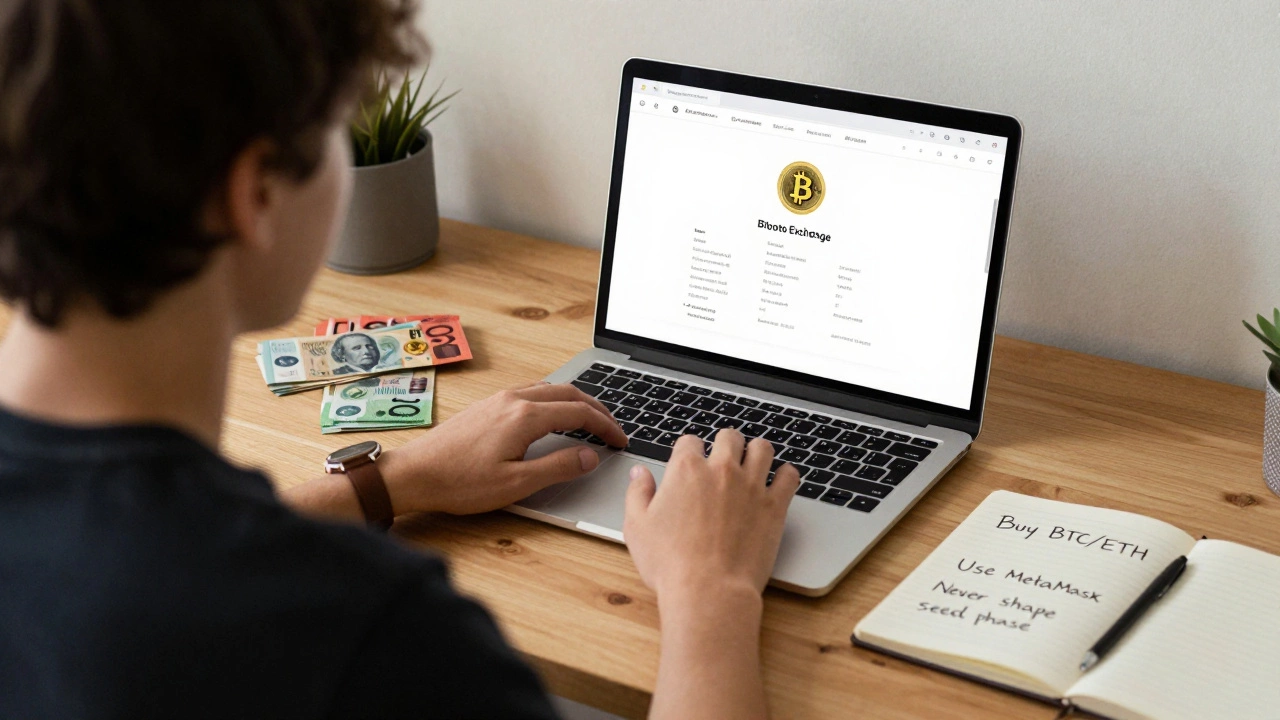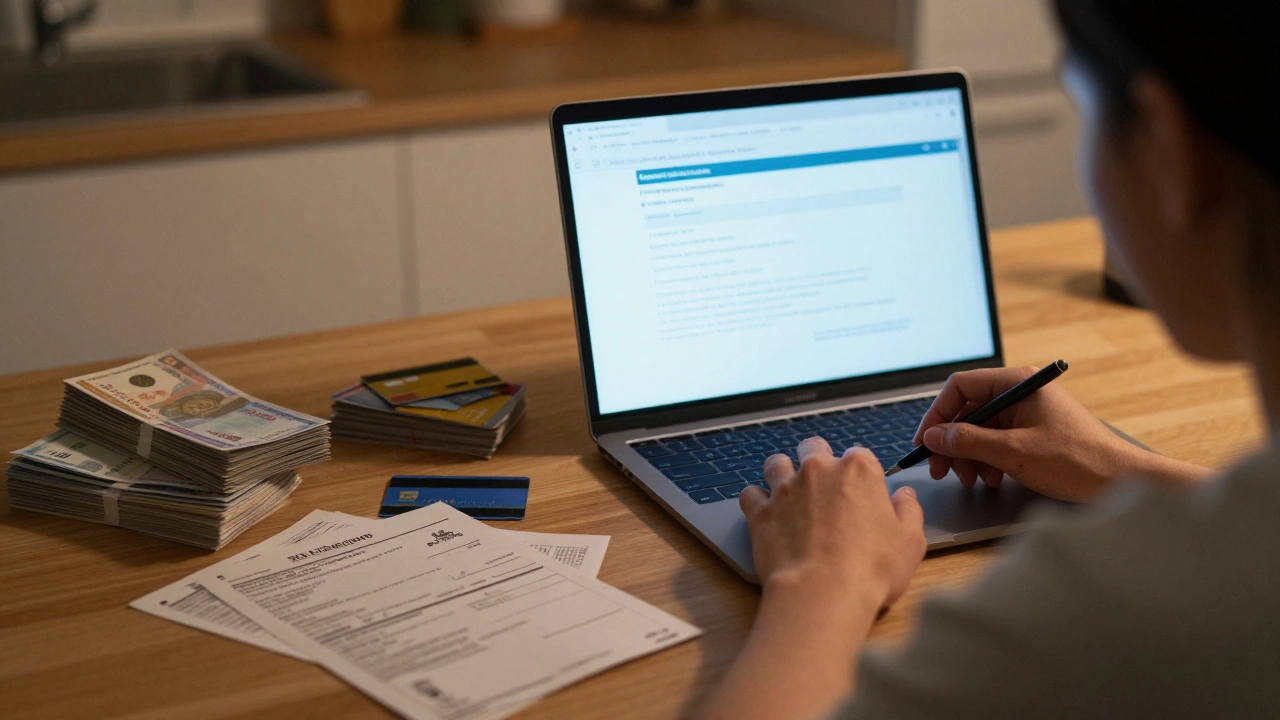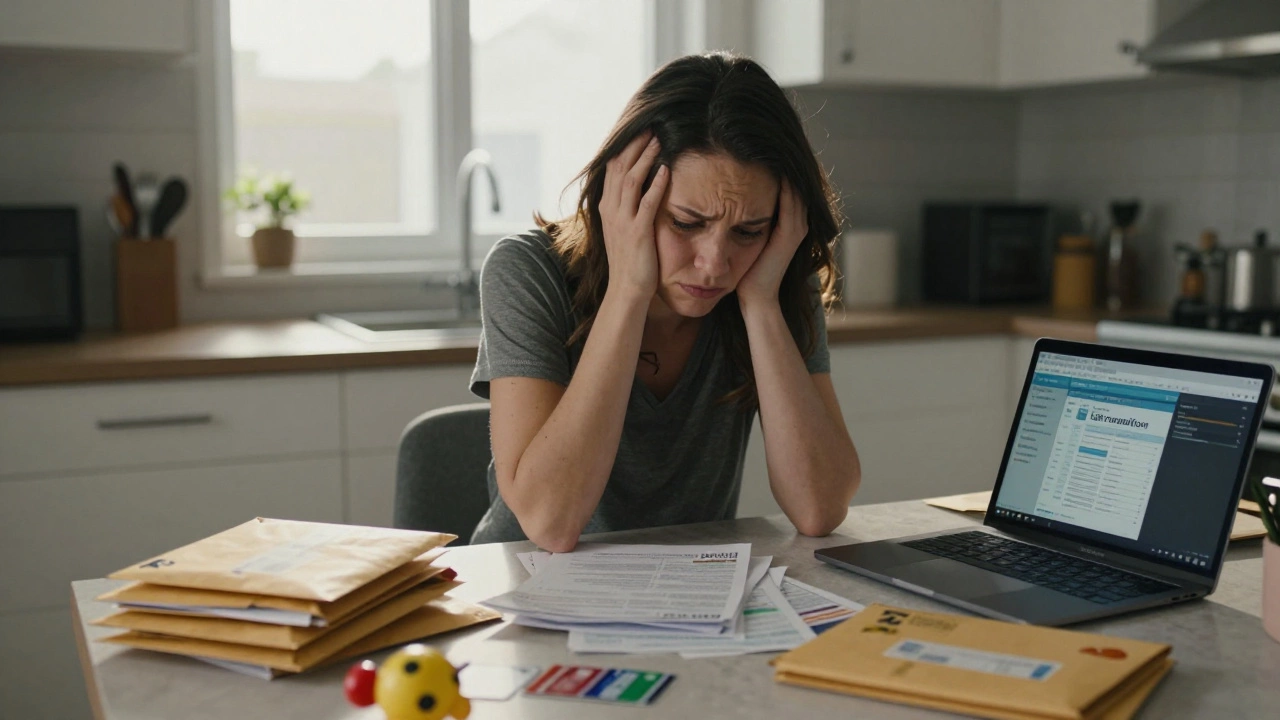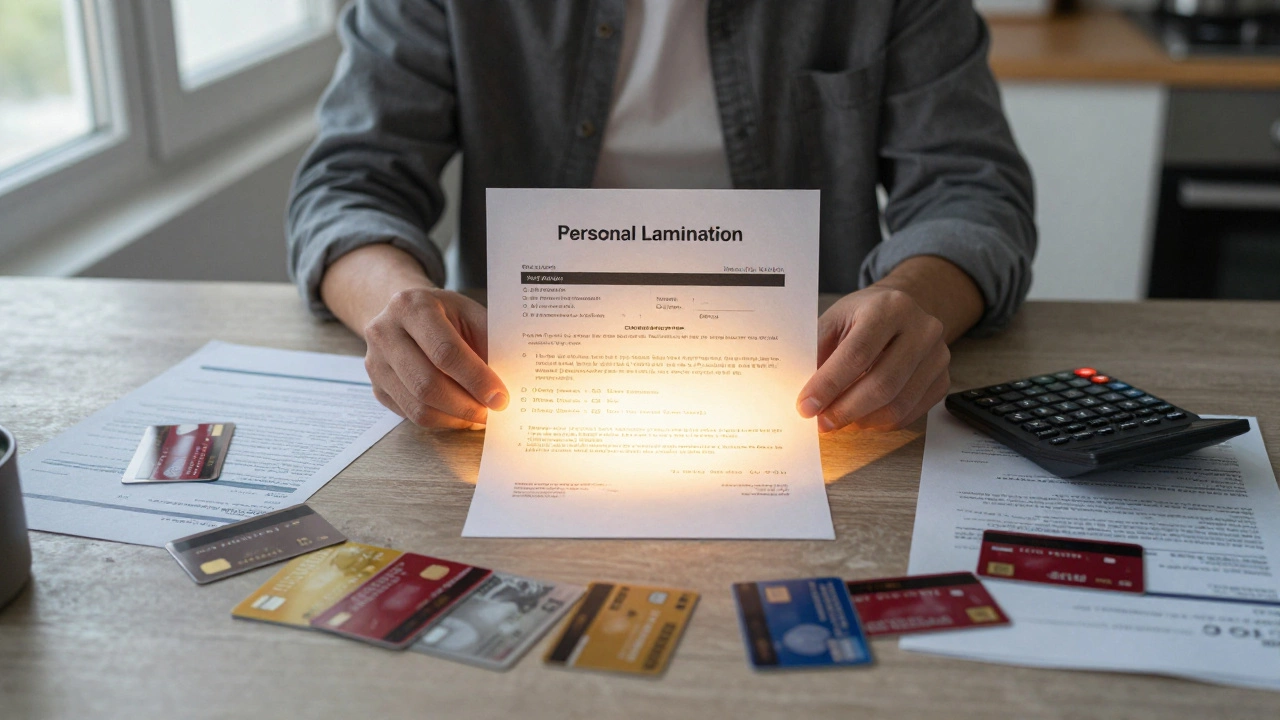So, you're thinking about buying a car priced at $10,000 and wondering how much you should put down upfront. It's not just about having fewer zeros in your bank account once you drive off the lot—your down payment can really make or break how much your new set of wheels costs you in the long haul. Don't worry, it's easier than you think to figure it out.
Most financial gurus suggest putting down between 10% to 20% of the car's price. For a $10,000 car, that's somewhere from $1,000 to $2,000. But you might ask, why does this matter? Well, a bigger down payment can mean lower monthly payments and less interest over time, so it actually saves you money in the end.
Let's consider the other side of the coin: your credit score. If it's sparkling, lenders might be cool with a smaller down payment. However, if it's a bit bruised, they'll probably want a little more cash upfront. Makes sense, right?
- How Down Payments Affect Car Loans
- Choosing the Right Down Payment Percentage
- Impact of Credit Score on Down Payment
- Tips for Saving for a Down Payment
How Down Payments Affect Car Loans
Alright, let’s break this down. The size of your down payment can seriously change the landscape of your car financing. For starters, it directly affects your loan amount. The more you put down, the less you have to borrow, and this comes with some sweet benefits.
Firstly, a larger down payment means lower monthly payments. Who doesn’t like the sound of that? This is because you’re paying interest on a smaller principal. If you aim for that ideal 10%-20% up front, your future self will thank you for those reduced bills.
Interest rates play a massive role too. With a bigger down payment, lenders are generally happier. They see you as less of a risk, meaning they might reward you with a lower interest rate. According to the Federal Trade Commission, "Borrowers who make higher down payments can secure loans with better terms."
And let's not forget about equity. Starting with a decent equity position in the car reduces the chance of being upside down—that’s when you owe more than the car is worth. That’s not a situation anyone wants to find themselves in!
Here’s a quick glance at what a down payment can do:
- Reduce loan amount: Less total debt over time.
- Lower monthly payments: Easier on your wallet each month.
- Better interest rates: If you’re lucky, lenders might give you a break on your rates.
In a nutshell, a solid down payment not only lightens your monthly load but also puts you in a stronger financial position from the get-go. So, when you’re looking to finance that $10,000 car, think about what you can reasonably save to put down. It makes a difference.
Choosing the Right Down Payment Percentage
Determining how much to put down on a $10,000 car can feel like a guessing game, but it doesn't have to be. Getting this right could mean finding that sweet spot between monthly payments and total interest paid. Let’s break it down to make it simple.
First off, consider aiming for that 10% to 20% range. For a $10,000 car, you're looking at $1,000 to $2,000 as your down payment. But why these numbers? Well, they help you avoid something called being "upside down" on your loan—owing more than the car is worth.
Here’s how it helps: a higher down payment equals a smaller loan balance. This can lead to lower monthly payments and fewer dollars thrown towards interest over time. It's like getting a head start on paying off your car.
Beyond just the numbers, think about your own cash flow. How much can you comfortably put down without stretching your budget thin? Remember, you've still got to handle other car-related costs like insurance, registration, and maybe even some extra gear to personalize your ride.
Now, if you're feeling a bit lost about what you can afford each month, a quick rule of thumb is to keep total car expenses under 15% of your monthly income. So, fitting your down payment into this calculation helps you stay on track financially.
| Down Payment Percentage | Down Payment Amount | Loan Amount |
|---|---|---|
| 10% | $1,000 | $9,000 |
| 15% | $1,500 | $8,500 |
| 20% | $2,000 | $8,000 |
This table shows how the down payment affects the loan amount. The smaller the loan, the better off your monthly situation could be. Also, every lender might have different rules, so checking in with a few options can help you zero in on what's manageable for you.
And hey, if your savings allow, putting down more than 20% is like putting money in your future pocket. Always a bonus strategy!

Impact of Credit Score on Down Payment
Your credit score can really make waves when you're trying to figure out how much down payment to put on a $10,000 car. Why? Because the better your credit score, the more lenders are likely to trust you with their money. They're looking at how risky it might be to loan you cash to get you those new wheels.
Think of your credit score as a little report card that follows you around. If you've been good with paying bills on time and not maxing out those credit cards, your score is probably in good shape. That means lenders may not insist on a hefty down payment, and you might be able to get away with as little as 10% down.
On the flip side, if your score isn't great because, hey, life happens, lenders might be a bit hesitant. They might ask you to put down more than 20% to cover some of the risk they're taking on. It’s not fun, but it’s their way of feeling a bit more secure about lending you money. So, if your score is on the low side, be prepared to offer a bigger initial payment.
Here's a quick look at what these scores typically mean when it comes to car finance:
- Excellent (750-850): You’re golden! Expect the best rates and flexibility.
- Good (700-749): Solid footing—most lenders will work with you easily.
- Fair (650-699): Decent, but you might face slightly higher interest or down payment needs.
- Poor (600-649): Higher down payments likely, but don’t lose hope—there's usually a way forward.
- Very Poor (below 600): It's a bit tricky here, but not impossible—just might take more upfront cash.
One useful tip: If your credit score isn't great but you're not in a rush, take some time to improve it before buying. Paying off small debts or disputing errors in your credit report can give your score a nice boost and make getting that car loan easier and cheaper.
Tips for Saving for a Down Payment
Saving up for a down payment on a $10,000 car doesn't have to be a nightmare. With a little planning and a few smart moves, you'll be tossing those keys around sooner than you think. Let's get into some tried-and-true tips that'll bulk up your down payment fund faster than you can say 'road trip.'
First off, start by making a budget. Yeah, it sounds cliché, but it really works. List out all your monthly expenses and see where you can trim a little fat. Maybe cut back on takeout or unsubscribe from that streaming service you forgot you had. Even small changes can add up over time.
Next, consider setting up a separate savings account just for your car fund. A lot of folks find it helpful to have a 'hands-off' account so they're less tempted to dip into it. And if your bank offers automated transfers, even better—set it and forget it!
Looking for a bit of extra cash? Maybe it's time to sell some stuff you don't need anymore. You'd be surprised at how much you can make by selling clothes, gadgets, or even that old bike collecting dust in the garage. Every dollar counts.
- Side Hustles: If time allows, take on a side gig. Whether it's freelancing or driving for a ride-share company, these jobs can bring in some extra income dedicated straight to your car fund.
- Tax Refund: Got a tax refund? Consider putting a chunk of it aside for your down payment. It's basically free money, so make it work for you.
- Cash-Only Weekends: Give this a go—spend only cash for a weekend or two each month. It helps you become more mindful of your spending, and any leftover change can go right into savings.
If you're the kind who needs a visual, here's a quick table to help you see how saving a little each day can beef up your down payment.
| Daily Savings | Monthly Total | Annual Total |
|---|---|---|
| $5 | $150 | $1,800 |
| $10 | $300 | $3,600 |
| $15 | $450 | $5,400 |
Remember, every little bit helps when you're saving for a car finance goal like this. The trick is just to start, keep at it, and before you know it, you'll have exactly what you need to make that down payment with confidence.









